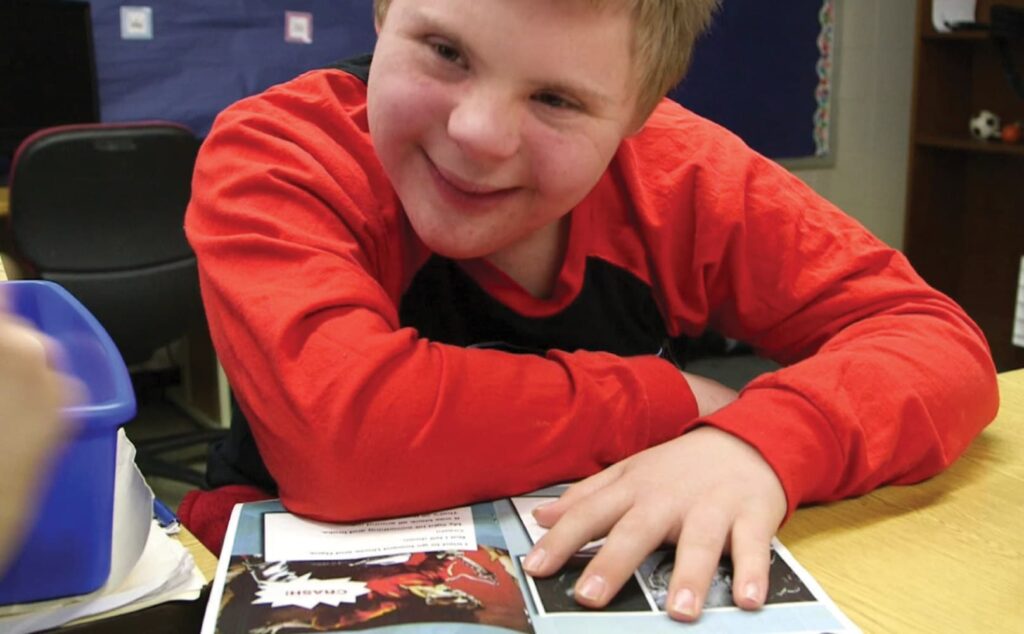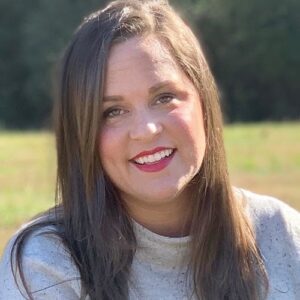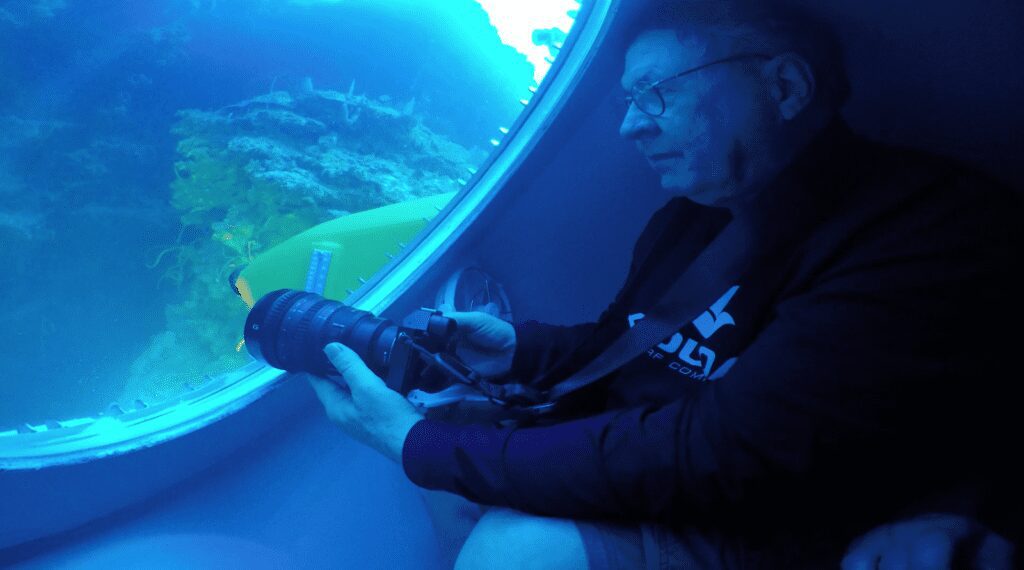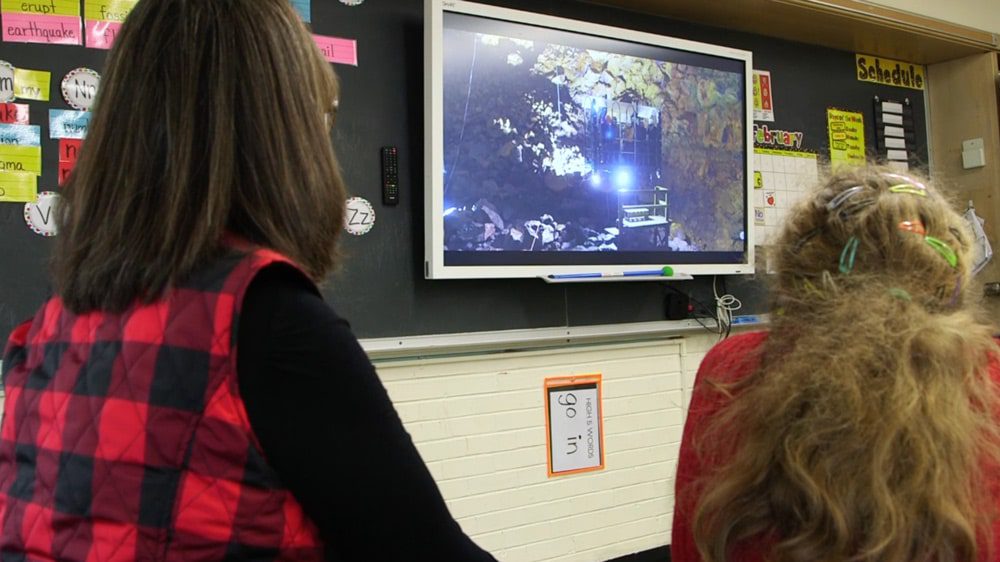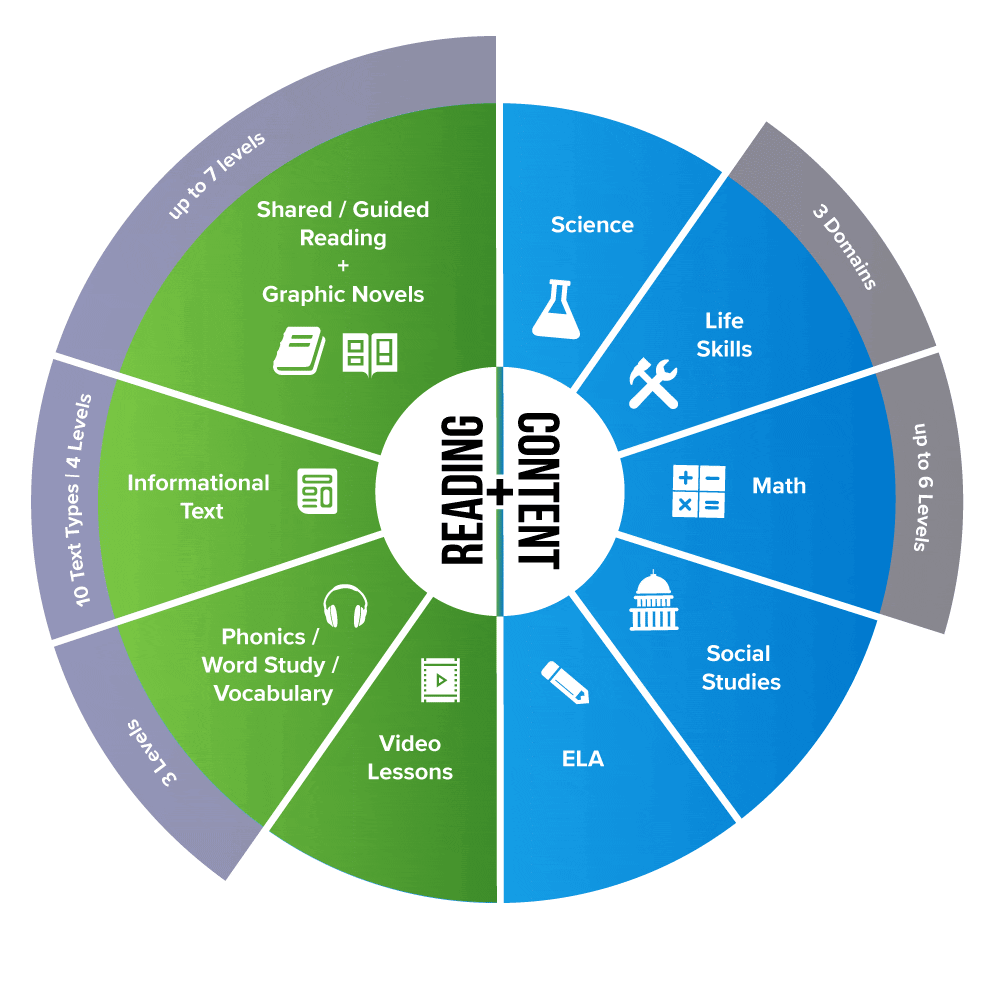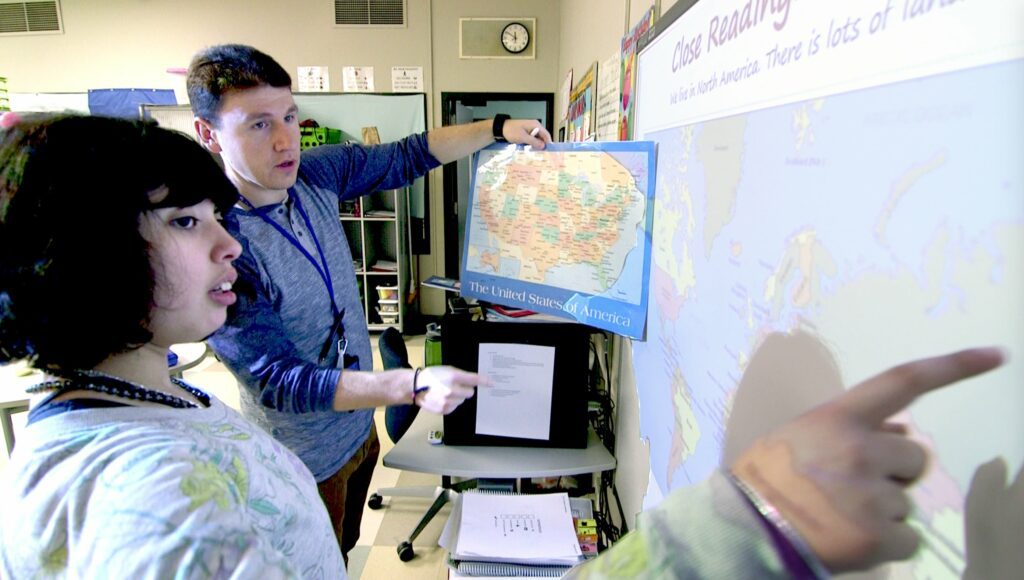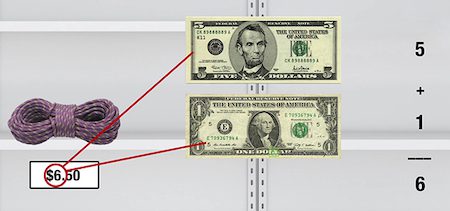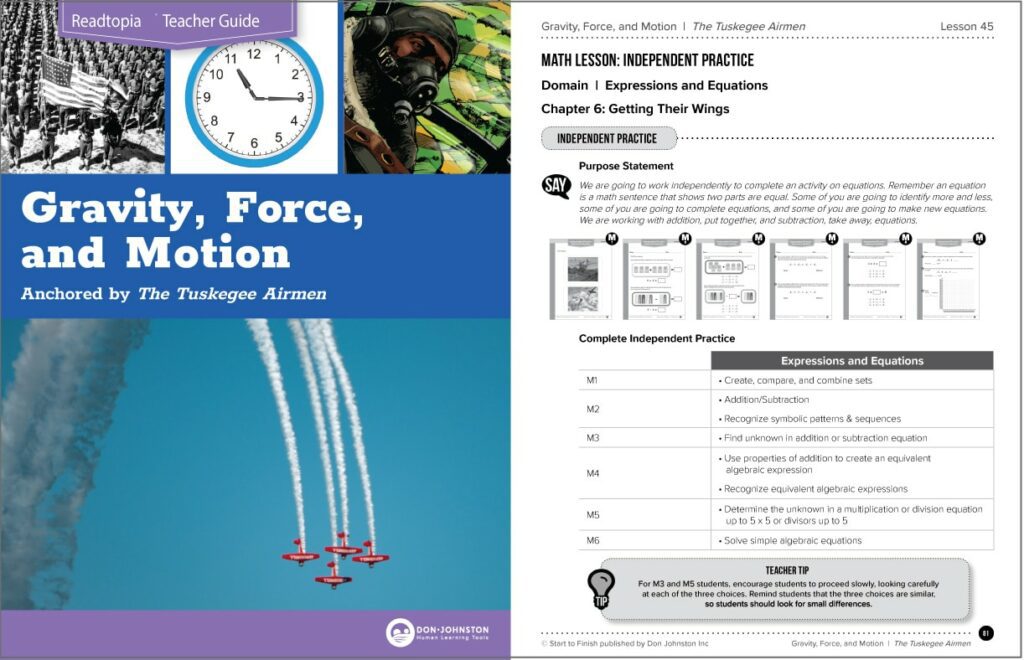Allison Dennis’ passion for special education is homegrown. As a child, she admired her mother’s work as a preschool teacher for students with significant cognitive and physical disabilities, and later in life, as an Inclusion Specialist. So it was no surprise that Allison followed in her mother’s footsteps to become a special education teacher herself.
“It just feels like my purpose,” Allison says, “I have a heart for this population of students and a desire to improve their educational experience.”
But once Allison found herself in the classroom, she was constantly disappointed by the lack of high-quality, age-appropriate curriculum available to her high school students. She felt that their education was limited by the materials she tried to piecemeal into a curriculum. Meant for younger learners, there was a disconnect with how they engaged students and addressed their needs. And that didn’t seem fair or equitable. A high school education should expand student horizons, certainly not limit them.
“The images were cartoonish and there was no alignment to my students’ grade level standards,” she says of the materials she was using. She believed her students deserved access to rich, age-appropriate learning experiences, like their neurotypical peers. She believed in something better.
“Students can gain literacy and math skills with the right supports,” Allison says. “Research shows that it’s possible for students to achieve skills that people previously believed to be too complex. We hear from educators who are astonished at the progress their students are making with Readtopia. They had no idea what was even possible when content is differentiated, leveled, and engaging.”
Readtopia is a comprehensive reading curriculum developed to serve late elementary through high school students who take the alternate assessment. It works on literacy skills while addressing domains of study including ELA, Math, Social Studies, Life Skills, Social-Emotional, and Science.
At Readtopia, we believe that just because a student may not be able to read the original Journey to the Center of the Earth, doesn’t mean that student should never have the opportunity to experience the story. Stories, especially classic stories, are such an essential part of who we are as humans, and how we learn from and relate to each other. Stories are universal to humankind, of which each and every one of us is an integral part. Our goal is to make them accessible to each and every one of us.
“’That looks too high level,’ was something that I heard a lot,” says Patti Hummel, a special education teacher in Glendale, AZ, about Readtopia. “But engagement and desire is such a huge part of learning. If the desire is there, and scaffolds are in place to help students access content (including graphic novels written at up to seven reading levels), students can accomplish much more than you might think.”
In order to engage students, Readtopia implements various experiential approaches to appeal to each kind of learner. We organize information into themed units where standards-based literature, social studies, science, and math skills tie into the same topic, while offering a variety of media, including hands-on activities, videos, and leveled reading materials to activate student engagement. The act of learning is transformed into a rich sensory experience that feeds a much more in-depth understanding of the literature.
We asked high school special education teacher Erlind Laci to describe his classroom experience with Readtopia’s unit on Journey to the Center of the Earth, and this is what he shared: “We talk about the difference between lava and magma. We talk about hot, we talk about cold. But the thing I really remember is how engaged the students were when we did the volcano experiment. It blew up, things were coming out. They really enjoyed it. It went beyond book learning.”
And Readtopia’s curriculum not only expands academic horizons, it introduces students to different parts of the world, places they may not otherwise experience. It’s like going on a virtual field trip every day.
“Through video images, we are taking kids to places they have never been before,” Allison says. We are opening their eyes to places they may never travel or time periods they will never live in. How amazing is that? It is truly allowing kids to experience the literature and take the learning beyond the written word.”
Allison initially worked to launch the math portion of Readtopia, and her role has now expanded to include working on ELA content. I asked Allison to describe what goes into creating Readtopia, and this is what she shared:
Then, Allison breaks the pathway down into smaller and simpler skills—differentiated skills that are precursors to the target skill. “So, repeated addition is presented as the building blocks for multiplication. Even if you are working on repeated addition, you are still on the multiplication pathway,” she says. Special education classrooms typically have students with extremely wide ranges of abilities and needs. A classroom may have students who are not yet readers working on site words while other students are reading paragraphs. Some are working on number sense while others are understanding fractions. By breaking down targeted skills into their component parts, teachers can more easily differentiate and address the wide range of needs in their classrooms—all while working on the same overarching skill.
Once Allison determines how she will approach a particular skill, she decides how she’ll implement it into thematic units, using a template to replicate how the skill appears in the curriculum across various lessons to provide repetition. For example, Allison will use the same bar graph design but change the data. “For the Tuskegee Airman unit, we measured three aircraft, and for Cleopatra we measured statues of Gods,” she says.
Allison shares that when many students transitioned to eLearning in the spring, she received an email from a teacher letting her know about one family’s positive experience with Readtopia while working on a lesson about fractions.
“They were working on ½, and the student drew a line through the center of a circle and wrote ½ on it,” Allison says.
The father was so impressed at his child’s newfound understanding. He said, “This was always such a hard concept, but teaching it this way makes it seem easy.”
“It’s nice that kids are learning, and it’s an added benefit that parents are able to have a positive education experience with their children,” Allison says.
Better is always possible, Allison believes. “I would like to see students with disabilities break through artificial limits and realize their full capabilities. How can we get there? By providing teachers with the right resources to reach those expectations,” she says. Readtopia is making it possible every day.
